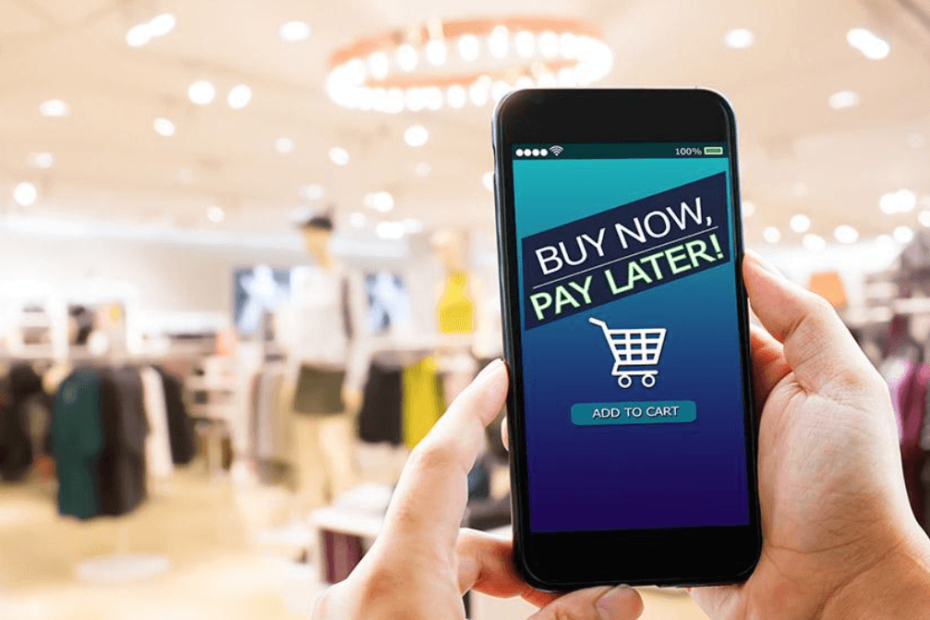Understanding the BNPL Phenomenon: More Than Just a Payment Trend
Imagine walking into a digital marketplace where purchasing power is no longer constrained by immediate financial limitations. This is the world of Buy Now, Pay Later (BNPL) – a financial innovation that has dramatically reshaped consumer spending behaviors and challenged traditional credit models.
As a data analysis specialist, I‘ve closely tracked the extraordinary emergence of BNPL services, witnessing a transformation that goes far beyond simple payment flexibility. This isn‘t just a passing trend; it‘s a fundamental restructuring of how consumers interact with financial services.
The Global Market Landscape
The BNPL market represents a fascinating intersection of technology, consumer psychology, and financial innovation. Global data reveals a staggering trajectory: from a modest [USD 141.6 billion] market in 2021 to projected growth reaching [USD 437 billion] by 2027. This represents a compound annual growth rate (CAGR) of approximately 33.3% – a figure that would make most financial sectors envious.
Technological Infrastructure Driving BNPL Growth
Behind the seemingly simple "split payment" model lies a complex technological ecosystem. Modern BNPL platforms leverage advanced algorithms, real-time credit assessment tools, and machine learning models to instantaneously evaluate consumer creditworthiness.
Unlike traditional credit systems that rely heavily on extensive credit histories, BNPL services utilize alternative data points. These include:
- Transaction frequency
- Purchase patterns
- Digital footprint
- Immediate repayment capabilities
This approach democratizes access to short-term credit, particularly for younger demographics who might lack extensive credit histories.
Generational Adoption Patterns
The most intriguing aspect of BNPL‘s rise is its differential adoption across generations. While traditional financial wisdom suggested conservative credit expansion, the data tells a different story.
Generation Z leads the charge, with 58% of BNPL users falling in the 18-25 age bracket. Millennials follow closely at 54%, demonstrating a profound shift in financial preferences. Interestingly, even Generation X (44%) and Baby Boomers (22%) are gradually embracing this payment model.
Economic and Consumer Psychology Insights
What drives consumers toward BNPL services? Our data analysis reveals multiple compelling factors:
Financial Flexibility: 56% of consumers prefer BNPL over traditional credit cards due to more transparent, flexible payment structures.
Lower Barrier to Entry: Approximately 72% of BNPL users come from households earning less than [USD 75,000], indicating broader financial accessibility.
Reduced Financial Friction: The ability to spread payments without complex application processes appeals to consumers seeking simplicity.
Risk and Responsibility: The Other Side of BNPL
While the growth narrative is exciting, responsible analysis requires examining potential risks. The average BNPL debt stands at [USD 883], with 57% of users reporting post-purchase regret due to unexpected expense levels.
This highlights a critical need for consumer education and responsible usage guidelines. BNPL isn‘t a magic solution but a financial tool requiring strategic application.
Regional and Cultural Variations
The BNPL landscape isn‘t uniform globally. Sweden leads with 24% market penetration in domestic e-commerce payments, followed closely by Germany at 23%. Northwestern European countries have been particularly rapid in BNPL adoption, with 8 out of 10 countries integrating these services extensively.
In the United States, PayPal Credit dominates with 57% market share, while platforms like Afterpay and Affirm continue gaining significant traction.
Technological Ecosystem and Provider Landscape
The BNPL market isn‘t monolithic. Major players like Klarna (with 147 million active users), Afterpay, and Affirm are continuously evolving their technological infrastructure.
These platforms are not merely payment processors but sophisticated financial technology companies employing:
- Advanced risk assessment algorithms
- Real-time fraud detection
- Personalized financial recommendations
Future Projections and Emerging Trends
Looking ahead, our analysis suggests several transformative trends:
- Increased AI Integration: More sophisticated credit assessment models
- Blockchain Potential: Enhanced transaction transparency
- Regulatory Evolution: Developing frameworks to protect consumer interests
- Cross-Platform Integration: Seamless experiences across multiple financial services
By 2026, projections indicate that 53% of millennials and 59% of Gen Z will regularly utilize BNPL services, signaling a fundamental shift in financial interactions.
Conclusion: A Financial Paradigm Shift
Buy Now, Pay Later represents more than a payment method – it‘s a reflection of evolving consumer expectations, technological capabilities, and financial democratization.
For consumers, it offers unprecedented flexibility. For businesses, it opens new customer engagement channels. For economists, it presents a fascinating case study of technological disruption in financial services.
As we navigate this dynamic landscape, one thing becomes clear: the future of finance is not about restricting access but creating intelligent, responsive financial ecosystems that adapt to individual needs.
About the Research
This comprehensive analysis synthesizes data from global financial research institutions, technology platforms, and consumer behavior studies, providing a holistic perspective on the BNPL phenomenon.
